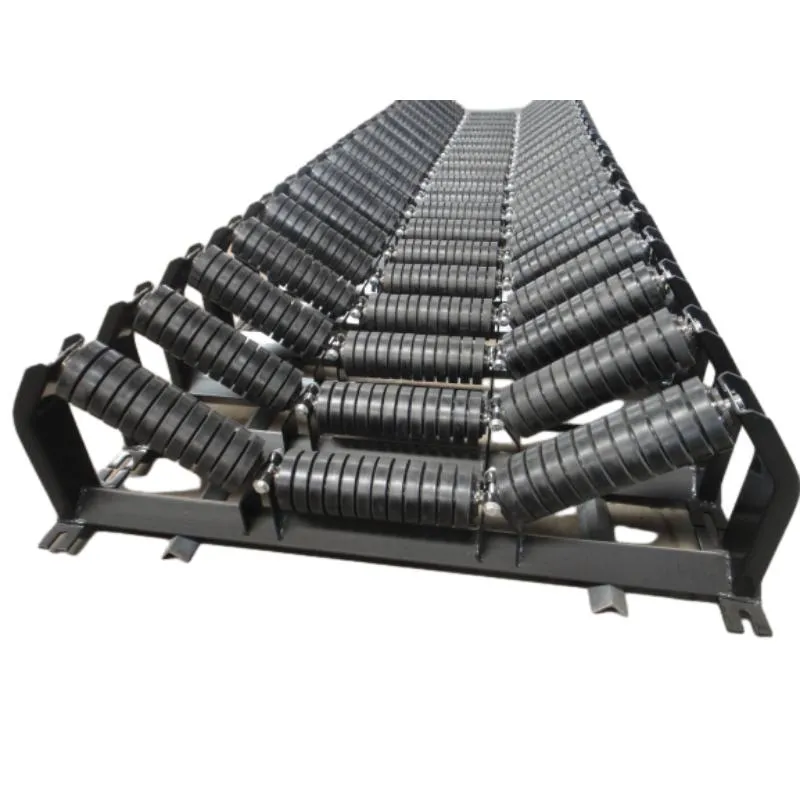 Afrikaans
Afrikaans  Albanian
Albanian  Amharic
Amharic  Arabic
Arabic  Armenian
Armenian  Azerbaijani
Azerbaijani  Basque
Basque  Belarusian
Belarusian  Bengali
Bengali  Bosnian
Bosnian  Bulgarian
Bulgarian  Catalan
Catalan  Cebuano
Cebuano  Corsican
Corsican  Croatian
Croatian  Czech
Czech  Danish
Danish  Dutch
Dutch  English
English  Esperanto
Esperanto  Estonian
Estonian  Finnish
Finnish  French
French  Frisian
Frisian  Galician
Galician  Georgian
Georgian  German
German  Greek
Greek  Gujarati
Gujarati  Haitian Creole
Haitian Creole  hausa
hausa  hawaiian
hawaiian  Hebrew
Hebrew  Hindi
Hindi  Miao
Miao  Hungarian
Hungarian  Icelandic
Icelandic  igbo
igbo  Indonesian
Indonesian  irish
irish  Italian
Italian  Japanese
Japanese  Javanese
Javanese  Kannada
Kannada  kazakh
kazakh  Khmer
Khmer  Rwandese
Rwandese  Korean
Korean  Kurdish
Kurdish  Kyrgyz
Kyrgyz  Lao
Lao  Latin
Latin  Latvian
Latvian  Lithuanian
Lithuanian  Luxembourgish
Luxembourgish  Macedonian
Macedonian  Malgashi
Malgashi  Malay
Malay  Malayalam
Malayalam  Maltese
Maltese  Maori
Maori  Marathi
Marathi  Mongolian
Mongolian  Myanmar
Myanmar  Nepali
Nepali  Norwegian
Norwegian  Norwegian
Norwegian  Occitan
Occitan  Pashto
Pashto  Persian
Persian  Polish
Polish  Portuguese
Portuguese  Punjabi
Punjabi  Romanian
Romanian  Russian
Russian  Samoan
Samoan  Scottish Gaelic
Scottish Gaelic  Serbian
Serbian  Sesotho
Sesotho  Shona
Shona  Sindhi
Sindhi  Sinhala
Sinhala  Slovak
Slovak  Slovenian
Slovenian  Somali
Somali  Spanish
Spanish  Sundanese
Sundanese  Swahili
Swahili  Swedish
Swedish  Tagalog
Tagalog  Tajik
Tajik  Tamil
Tamil  Tatar
Tatar  Telugu
Telugu  Thai
Thai  Turkish
Turkish  Turkmen
Turkmen  Ukrainian
Ukrainian  Urdu
Urdu  Uighur
Uighur  Uzbek
Uzbek  Vietnamese
Vietnamese  Welsh
Welsh  Bantu
Bantu  Yiddish
Yiddish  Yoruba
Yoruba  Zulu
Zulu Various Types and Functions of Conveyor Pulleys for Efficient Material Handling
Understanding the Types of Conveyor Pulleys
Conveyor systems play a pivotal role in various industries, enabling the efficient movement of materials from one location to another. A crucial component of these systems is the conveyor pulley, which helps in the driving and redirecting of the conveyor belt. Understanding the different types of conveyor pulleys and their distinct functions can enhance the efficiency and longevity of conveyor operations. In this article, we will explore several common types of conveyor pulleys, their applications, and the importance of choosing the right pulley for specific tasks.
1. Drive Pulley
The drive pulley, also known as the master pulley, is perhaps the most critical component in a conveyor system. It is connected to a motor and provides the necessary power to move the conveyor belt. Drive pulleys can be equipped with various drive mechanisms, such as belt drives or chain drives. In many systems, the drive pulley is located at the tail end of the conveyor, but in some configurations, it may be positioned at the head. The effectiveness of a drive pulley directly impacts the efficiency of the entire conveyor system.
2. Snub Pulley
Snub pulleys are often employed to increase the angle of wrap of the conveyor belt around the drive pulley. By doing so, they help enhance the friction between the belt and the drive pulley, improving the system's overall performance. Snub pulleys are typically found on the non-drive side of the conveyor and are essential in situations where additional tension is required or when the belt needs to maintain a stable grip.
3. Idler Pulley
Idler pulleys serve a different purpose than drive pulleys; they support and guide the conveyor belt. They are not connected to a power source but play a crucial role in maintaining the belt's tension and alignment. Idler pulleys are essential for reducing belt sagging and preventing belt misalignment, contributing significantly to the efficiency and lifespan of the conveyor system. They come in various designs, such as flat, troughing, or training idlers, each suitable for different applications.
types of conveyor pulley

4. Tail Pulley
Tail pulleys, as the name suggests, are positioned at the tail end of a conveyor system. Their primary role is to support the end of the conveyor belt. They can also serve as a tension pulley, helping to maintain the necessary tension across the belt. Tail pulleys can be equipped with various features to minimize wear and tear and ensure smooth operation.
5. Return Pulley
Return pulleys are located on the return side of the conveyor belt and are designed to support the belt as it travels back to the drive pulley. These pulleys help maintain belt tension and prevent sagging, promoting smooth operation. A well-constructed return pulley system is vital to minimizing belt wear and reducing maintenance requirements.
6. Drum Pulley
Drum pulleys are a type of pulley that features a cylindrical design. They are often used in conjunction with fabric belts and are available in various widths and diameters. Drum pulleys can be either drive or idler pulleys, depending on their application, and are commonly coated with materials that enhance friction and grip.
Conclusion
Choosing the right type of conveyor pulley is essential for the efficient operation of a conveyor system. Each type of pulley—drive, snub, idler, tail, return, and drum—serves a specific purpose and contributes to the overall functionality of the conveyor. By understanding the roles of these pulleys and selecting them based on the specific requirements of an application, industries can enhance their operational efficiency, reduce maintenance costs, and ensure a longer lifespan for their conveyor systems. Investing time in selecting the appropriate pulleys ultimately leads to improved productivity and streamlined operations in material handling processes.
-
Revolutionizing Conveyor Reliability with Advanced Rubber Lagging PulleysNewsJul.22,2025
-
Powering Precision and Durability with Expert Manufacturers of Conveyor ComponentsNewsJul.22,2025
-
Optimizing Conveyor Systems with Advanced Conveyor AccessoriesNewsJul.22,2025
-
Maximize Conveyor Efficiency with Quality Conveyor Idler PulleysNewsJul.22,2025
-
Future-Proof Your Conveyor System with High-Performance Polyurethane RollerNewsJul.22,2025
-
Driving Efficiency Forward with Quality Idlers and RollersNewsJul.22,2025





























